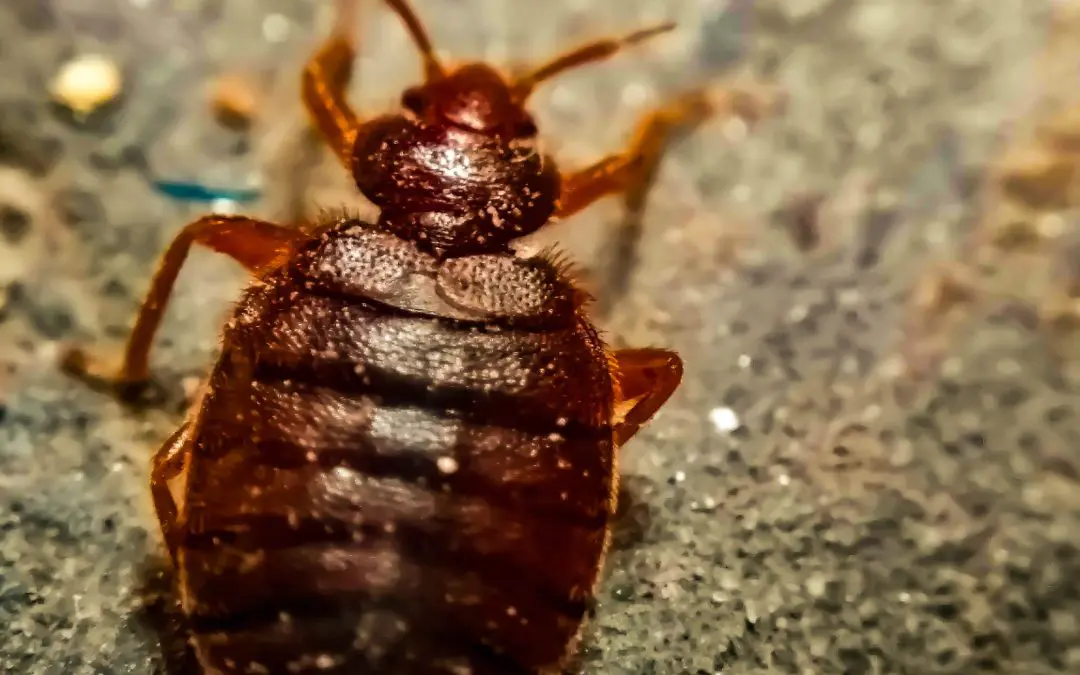Dealing with a bed bug infestation can be one of the most stressful experiences for homeowners. Although these persistent pests cause sleepless nights and itchy bites, with the right approach, you can effectively eliminate them from your home. This guide will provide a detailed plan to get rid of bed bugs and restore your comfort at home.
What Are Bed Bugs?
Bed bugs are reddish-brown insects that consume human blood. They are small, nocturnal, and typically hide in cracks and crevices during the day. Common hiding spots include mattresses, box springs, bed frames, and furniture. Bed bugs can be challenging to spot due to their size and elusive nature, but signs of their presence include small rust-colored stains on bedding, tiny eggs, and shed skins.
Step 1: Confirm the Infestation
Confirming their presence is the first step in addressing a bed bug problem. Look for the telltale signs mentioned above. If you’re unsure, use bed bug interceptors under the legs of your bed. These devices capture bed bugs and help confirm an infestation. Additionally, a professional bed bug inspection will provide a definitive diagnosis.
Step 2: Declutter and Clean
Once you’ve confirmed an infestation, it’s time to prepare your home for treatment. Decluttering is crucial as it reduces hiding spots for bed bugs. Bag up and remove items you don’t need, and thoroughly clean the affected areas. Wash and dry all bedding, curtains, and clothing on the highest heat setting.
Step 3: Vacuum Thoroughly to Get Rid of Bed Bugs
Vacuuming is an essential step in controlling bed bugs. Use a vacuum with a HEPA filter to capture bed bugs and their eggs effectively. Pay special attention to the seams of mattresses, box springs, furniture, and cracks or crevices. After vacuuming, immediately dispose of the vacuum bag in a sealed plastic bag to prevent captured bed bugs from escaping.
Step 4: Apply Heat Treatment
Heat is a highly effective method for eradicating bed bugs. Bed bugs and their eggs die at temperatures above 120°F (49°C). To achieve these temperatures, use a clothes dryer, steam cleaner, or professional heat treatment service. For DIY heat treatment, ensure the heat penetrates all affected areas, including deep into furniture and mattresses.
Step 5: Monitor and Repeat
Eliminating bed bugs often requires persistence. After your initial treatment, monitor the affected areas for signs of bed bugs. Bed bug interceptors and regular inspections will help track progress. It’s common to need multiple treatments to obliterate an infestation, so don’t be discouraged if you still see bed bugs after the first treatment.
Step 6: Prevent Reinfestation
Once you’ve successfully eradicated bed bugs, take steps to prevent their return. Encase your mattress and box spring in bed bug-proof covers. Be cautious when bringing second-hand furniture into your home, and inspect luggage and clothing after traveling. Regularly inspect your home for signs of bed bugs to catch potential problems early.
Following these steps and maintaining vigilance will effectively rid your home of bed bugs and prevent future infestations. If you encounter challenges along the way, don’t hesitate to seek professional assistance for a more comprehensive solution.
Get Rid of Bed Bugs FAQs
How long does it take to get rid of bed bugs?
The time it takes to eliminate bed bugs varies depending on the severity of the infestation and the methods used. It can take several weeks to a few months of persistent effort to eradicate them completely.
Can I get rid of bed bugs on my own?
While DIY methods can be adequate for minor infestations, severe cases often require professional help. Professionals have access to more potent treatments and the expertise to thoroughly remove bed bugs.
Are bed bugs harmful to my health?
Bed bugs are not known to transmit diseases, but their bites cause itching, allergic reactions, and secondary infections from scratching. The psychological impact of a bed bug infestation can also be harmful.
What should I do if I find bed bugs in my hotel room?
If you discover bed bugs in your hotel room, notify the management immediately and request a different room. Inspect the new room thoroughly before settling in, and keep your luggage off the floor and bed to reduce the risk of bringing bed bugs home. Alternatively, ask for a refund and switch hotels.
Can bed bugs live in my car?
While bed bugs prefer to live in homes, they can survive in cars, especially if you transport infested items. If you suspect bed bugs in your car, clean it thoroughly and consider using heat treatments.
Blackbird Home Inspections provides inspection services to homebuyers and sellers in Central Arkansas. Contact us to schedule an appointment.

